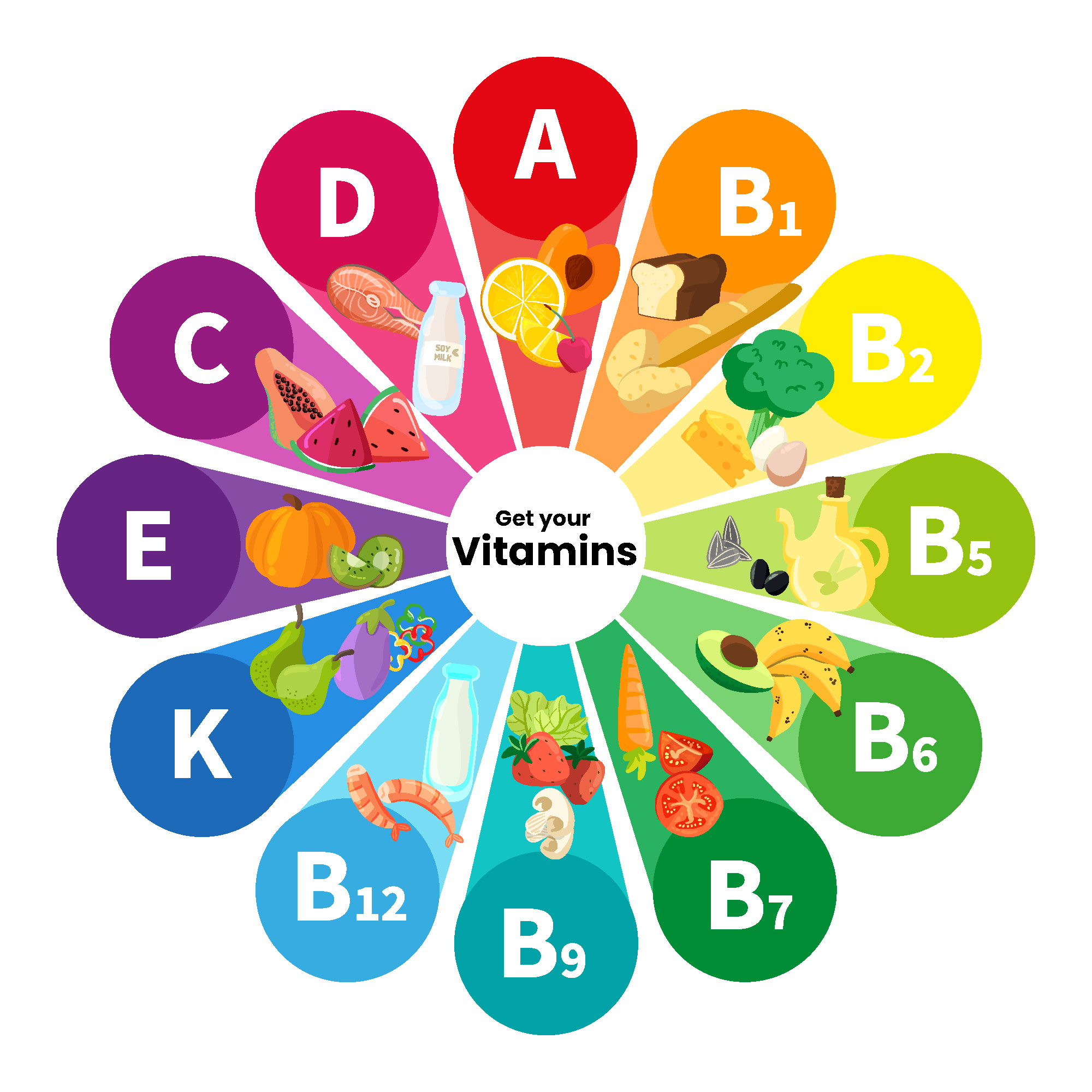Many people often confuse a panic attack with a heart attack. While both can generate intense fear and physical symptoms, it’s crucial to know how to tell them apart.
Misinterpreting these signals can lead to serious consequences.
In this article, we will discuss the defining characteristics of a panic attack, how to differentiate between a panic attack and a heart attack, and the immediate steps you should take when faced with either situation.
Content
ToggleWhat is a Panic Attack?
A panic attack is a sudden episode of intense fear or anxiety that triggers severe physical reactions, even when there is no real danger or apparent cause.
People experiencing a panic attack often feel overwhelmed and may think they are losing control or having a heart attack.
Common Symptoms of a Panic Attack
During a panic attack, individuals might experience various symptoms, including:
- Rapid heartbeat
- Sweating
- Trembling or shaking
- Shortness of breath or a feeling of choking
- Chest pain
- Nausea or abdominal distress
- Dizziness, lightheadedness, or feeling faint
- Chills or hot flashes
- Numbness or tingling sensations
- Sense of unreality or detachment from oneself
Duration of a Panic Attack
Panic attacks usually peak within 10 minutes and can last anywhere from a few minutes to half an hour, but this can vary from person to person. Understanding the time frame can help in managing the experience.
Causes and Triggers
Many factors can contribute to panic attacks, including genetics, stress, and certain medical conditions. They can also be triggered by specific situations, thoughts, or memories, often making them unpredictable.
Knowing what a panic attack is can empower individuals to seek help and support if they experience these overwhelming episodes.
Recognizing the signs and symptoms is the first step in understanding and managing panic attacks effectively.
How to Differentiate Between Panic Attack and Heart Attack
It can be challenging to tell whether someone is experiencing a panic attack or a heart attack. Both can present similar symptoms, which may cause confusion and anxiety.
Recognizing the differences between the two is vital for effective response and treatment.
Key Symptoms of a Panic Attack
Panic attacks typically include:
- Rapid heartbeat
- Trembling or shaking
- Sweating
- Feelings of choking
- Intense fear of dying or losing control
Key Symptoms of a Heart Attack
Heart attacks introduce symptoms such as:
- Chest pain or discomfort, often described as pressure or squeezing
- Pain or discomfort in the arms, back, neck, jaw, or stomach
- Shortness of breath, which may occur with or without chest discomfort
- Nausea or lightheadedness
- Cold sweat
Timing and Duration
Panic attacks generally start suddenly and peak within 10 minutes, while heart attack symptoms may develop gradually over minutes to hours.
If symptoms last longer or worsen, it is critical to seek emergency help.
Emotional vs. Physical Symptoms
Another way to differentiate is to note the emotional symptoms. Panic attacks often involve overwhelming fear and anxiety without any physical threat, while heart attacks primarily involve physical symptoms without as much emotional distress.
If you or someone you know experiences these symptoms, it is important to address them without delay. Understanding the key differences can be lifesaving.
Steps to Take During a Panic Attack or Heart Attack
When experiencing a panic attack or witnessing someone have a heart attack, knowing the right steps can be crucial. Below are important actions to take during either situation.
Steps to Take During a Panic Attack
If you or someone you know is having a panic attack, try the following:
- Stay Calm: Remind yourself that panic attacks are not life-threatening. Focus on calming your mind.
- Practice Deep Breathing: Take slow, deep breaths. Inhale through your nose for a count of four, hold for four, and exhale through your mouth for a count of four.
- Ground Yourself: Use grounding techniques such as focusing on your surroundings or counting objects in the room. This can help reduce anxiety.
- Talk to Someone: Let someone nearby know what’s happening. Sometimes, talking can help lessen the severity of the attack.
- Know When to Seek Help: If the panic attack becomes overwhelming or lasts too long, consider seeking professional help or contacting a healthcare provider.
Steps to Take During a Heart Attack
If you suspect someone is having a heart attack, act quickly:
- Call Emergency Services: Dial emergency services immediately. Time is crucial during a heart attack.
- Keep the Person Calm: Encourage them to stay calm and try to keep them seated or lying down comfortably.
- Loosen Tight Clothing: Help them loosen any tight clothing to ease discomfort.
- Chew Aspirin: If they are conscious and not allergic, encourage the person to chew an aspirin, as it can help thin the blood.
- Be Prepared to Start CPR: If the person becomes unconscious and stops breathing, be ready to perform CPR until emergency services arrive.
Being prepared for both situations can make all the difference in providing immediate help and support.
Understanding Panic Attacks and Heart Attacks
Recognizing the differences between a panic attack and a heart attack is essential for effective response. While both can be frightening, knowing the signs, symptoms, and steps to take can save lives.
During a panic attack, focusing on calming techniques and grounding strategies is crucial. In contrast, immediate action and emergency assistance are vital in the case of a heart attack.
Understanding these distinctions can empower individuals to respond appropriately, whether for themselves or for others.
By spreading awareness and educating ourselves about these conditions, we can create a safer environment and offer proper support to those who may be in distress.
Remember, whether managing anxiety or recognizing a medical emergency, knowledge is a powerful tool.
FAQ – Frequently Asked Questions About Panic and Heart Attacks
What is a panic attack?
A panic attack is a sudden episode of intense fear or anxiety that triggers severe physical reactions, even when there is no real danger.
What are the symptoms of a panic attack?
Common symptoms of a panic attack include rapid heartbeat, trembling, sweating, shortness of breath, and a feeling of choking.
How can I tell the difference between a panic attack and a heart attack?
Panic attacks often include overwhelming fear and emotional symptoms, while heart attacks primarily involve physical symptoms such as chest pain and discomfort.
What should I do during a panic attack?
During a panic attack, try to stay calm, practice deep breathing, and use grounding techniques. It can also help to talk to someone nearby.
What steps should I take during a heart attack?
If you suspect someone is having a heart attack, call emergency services immediately, keep the person calm, and encourage them to chew an aspirin if they are conscious and not allergic.
When should I seek professional help for panic attacks?
Seek professional help if panic attacks are frequent, overwhelming, or interfering with daily life. A healthcare provider can offer support and treatment options.



